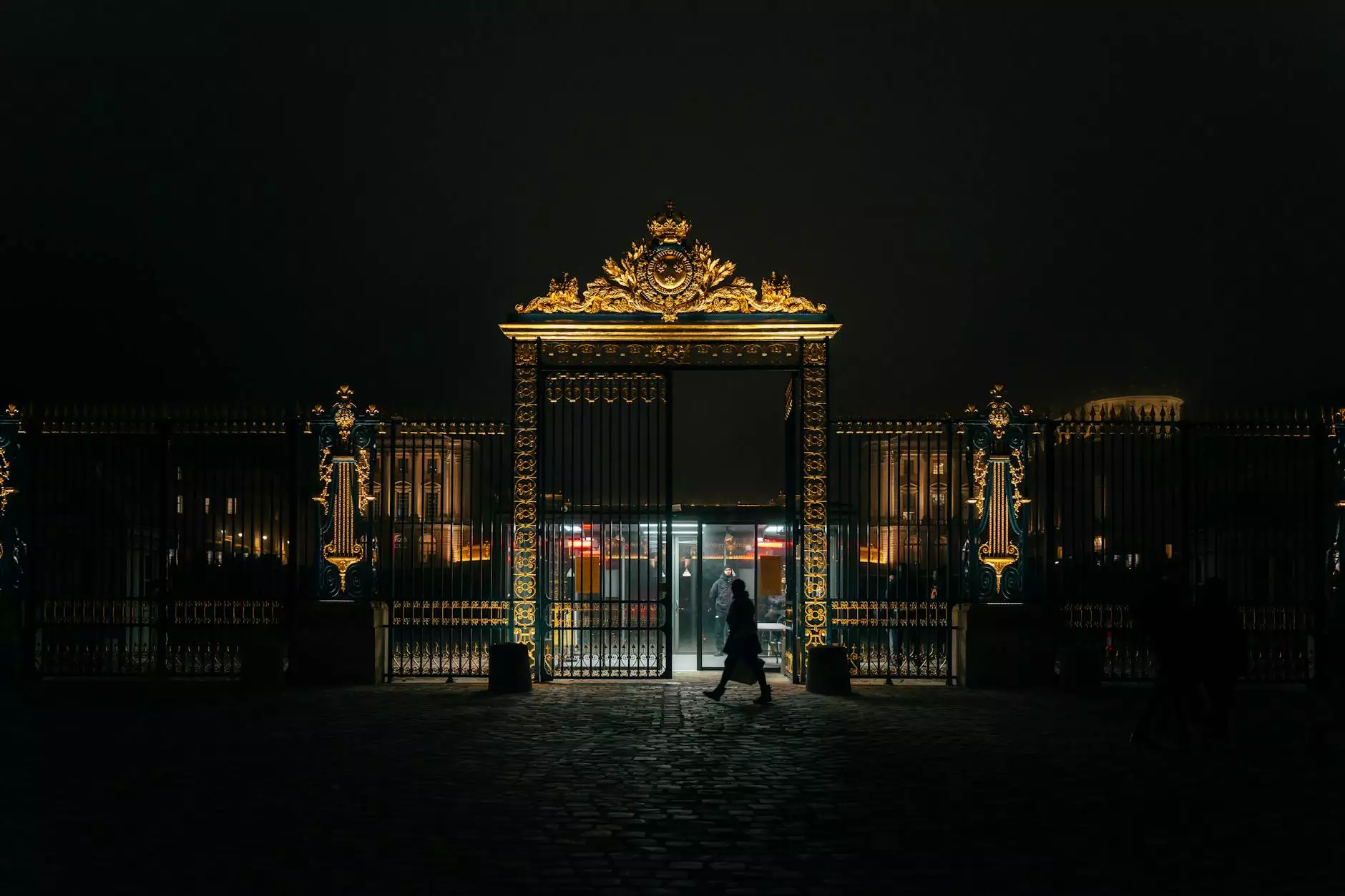Famous Artists Using Light: Transforming Art through Illumination

Art has always been a potent medium for expression, pushing the boundaries of creativity and challenging conventional perceptions. Among the myriad of techniques that artists employ, the use of light stands out as a transformative element that can evoke emotion, create atmosphere, and deepen the viewer's connection to a work. In this article, we will explore the works and techniques of famous artists using light, delving into their impact on the art world and their lasting legacies.
The Historical Context of Light in Art
Light has been a vital aspect of art since ancient times, guiding the viewer’s eye and influencing the mood of the piece. From the earliest cave paintings, where light and shadow defined forms, to the Renaissance’s fascination with chiaroscuro, artists have recognized the power of light.
Chiaroscuro, the technique of using strong contrasts between light and dark, was perfected by artists like Caravaggio, whose dramatic use of light heightened emotional intensity. This technique paved the way for future artists to explore more abstract and innovative uses of light.
Illumination in Modern Art: Notable Pioneers
As art continued to evolve, so did the use of light. The 20th century saw numerous artists breaking free from traditional constraints and experimenting with light in revolutionary ways. Below, we highlight some famous artists using light who have made significant contributions to this field.
1. Dan Flavin: The Master of Fluorescent Light
Dan Flavin (1933-1996) is celebrated for his pioneering use of fluorescent light tubes as a medium. His installations challenged preconceived notions of what art could be. Flavin’s work transforms space using simple geometry and color, inviting the viewer to experience the interplay of light within the environment.
His most famous works include the iconic "monument" series, where he utilized standard fluorescent fixtures to create immersive light installations. These pieces blur the boundaries between art and architecture, compelling viewers to navigate the light and shadows of the space.
2. Olafur Eliasson: Nature and Light as Artistic Elements
Olafur Eliasson (born 1967) is known for his immersive installations that explore the relationship between nature, light, and human perception. Artworks like "The Weather Project" at London’s Tate Modern captivated audiences by simulating a glowing sun within the museum’s vast Turbine Hall, offering a meditative experience about human interaction with natural phenomena.
Eliasson’s use of light often creates stunning visual effects that encourage viewers to appreciate their surroundings in new and unexpected ways. Through installations that manipulate light, he emphasizes the fragility of our environment and the importance of collective awareness.
3. Grimanesa Amorós: Light Sculptures and Cultural Narratives
Grimanesa Amorós, a contemporary artist known for her intricate light sculptures, has made significant strides in integrating light into her art. Her work reflects the intersection of technology and cultural history, often drawing inspiration from her Peruvian heritage. Amorós’s installations utilize LED lights, creating dynamic and site-specific artworks that engage viewers on multiple levels.
One of her notable pieces, "The Lotus", showcases intricate patterns of light that symbolize growth and transformation, providing an inviting and contemplative experience for viewers. Her ability to intertwine cultural narrative with innovative use of light has established her as a prominent figure among famous artists using light.
Exploring Light as a Theme in Art
Light serves not only as a medium but also as a theme that resonates throughout various artistic movements. Artists have employed light to convey emotion, symbolize concepts, and explore the essence of perception itself.
The Impressionists: Capturing the Moment
The Impressionist movement, with figures like Claude Monet and Edgar Degas, revolutionized the art world by focusing on the effects of light in their compositions. They painted en plein air (outdoors), capturing fleeting moments and the changing quality of light throughout the day.
Monet’s series of paintings focused on specific subjects, such as "Water Lilies" and "Haystacks," showcasing how light can alter color and form. This exploration of light profoundly influenced modern art and opened new avenues for creative expression.
Contemporary Artists Pushing Boundaries
In today’s art scene, contemporary artists continue to expand the possibilities of using light. From large-scale light installations to projection mapping and immersive environments, the artistic potential of light is limitless.
The Impact of Technology on Light Art
Advancements in technology have significantly influenced the way artists use light. The invention of LEDs, lasers, and digital projection has allowed for more intricate and interactive installations. Artists can now create works that respond to user interaction, environmental changes, and even sound.
- Digital Installations: Artists like Ryoji Ikeda utilize digital technology to create captivating visual experiences that challenge our perception of light and sound.
- Projection Mapping: This technology allows artists to project images and animations onto surfaces, transforming everyday environments into surreal landscapes.
- Interactive Light Experiences: Many contemporary artists are now incorporating interactivity into light art, allowing viewers to engage and affect the artwork directly.
The Cultural Significance of Light in Art
The use of light in art extends beyond aesthetics; it embodies cultural narratives and social commentary. Light can symbolize hope, spirituality, and enlightenment, resonating with audiences on a deeper level. In various cultures, light holds significant metaphoric weight.
For instance, in many spiritual traditions, light represents purity and divinity. Artists often harness this symbolism to evoke profound philosophical questions about existence, consciousness, and the human experience. As such, famous artists using light contribute to rich dialogues about culture and societal values through their works.
Engaging with Light Art: Tips for Art Enthusiasts
For art enthusiasts looking to appreciate and engage with light art, consider the following tips:
- Visit Art Installations: Look for galleries and exhibitions showcasing light art. Experiencing these works in person offers a deeper understanding of their impact.
- Research Artists: Familiarize yourself with various artists known for their use of light. Understanding their backgrounds and techniques can enhance your appreciation.
- Participate in Workshops: Engaging in art workshops focusing on light can provide hands-on experience and insights into the creative process.
Conclusion: The Enduring Power of Light in Art
As we traverse through the historical timeline of art, it becomes apparent that the exploration of light has played an integral role in shaping artistic expression. From the profound techniques employed by the masters of the past to the bold innovations of contemporary artists, famous artists using light have consistently transformed how we perceive art and the world around us.
The future of light in art appears bright, continuing to inspire and challenge perceptions. As artists embrace new technologies and materials, the possibilities for creative expression will only expand. It is this continuous evolution that keeps the dialogue alive and invites us, as observers, to reflect on the experience of light in our lives.









